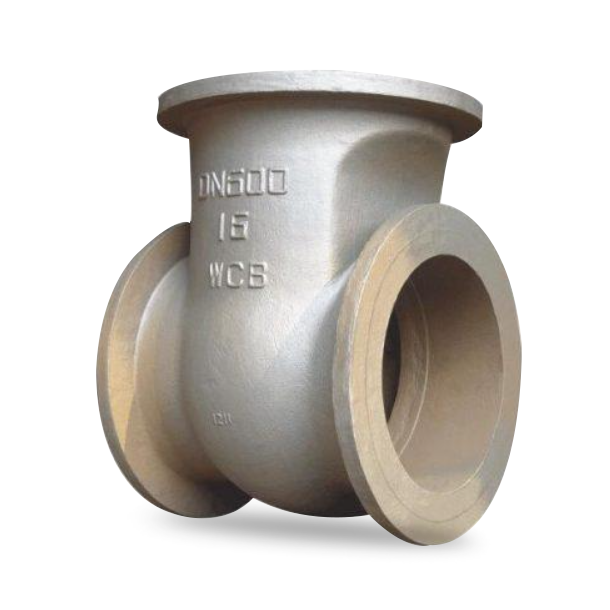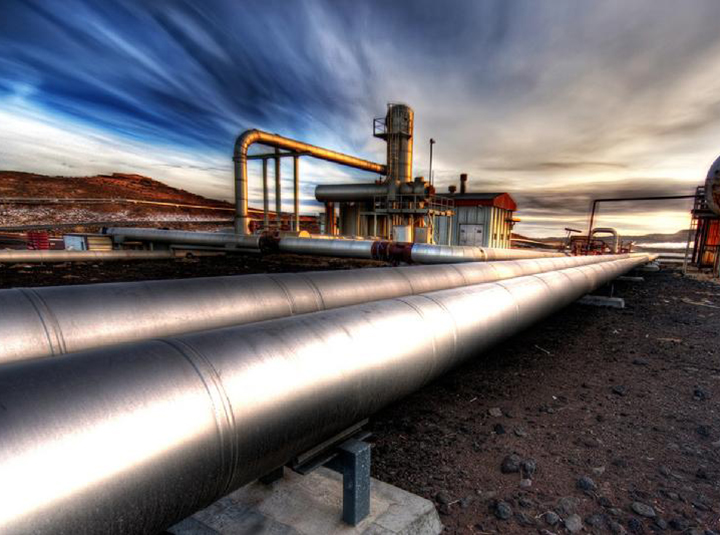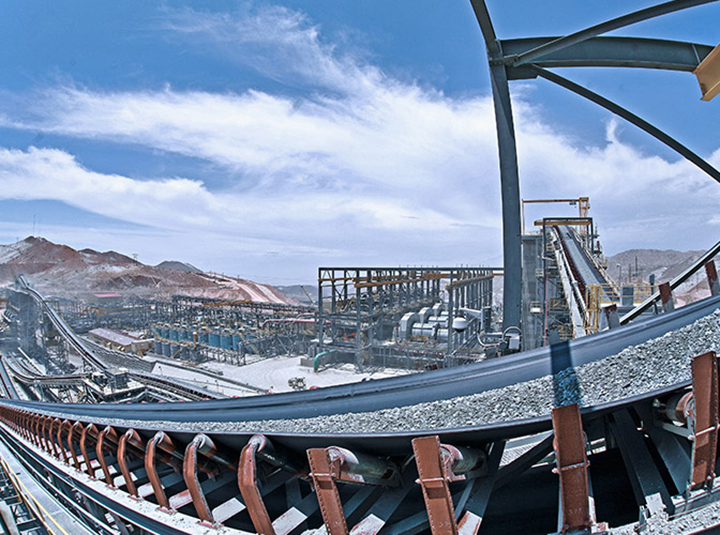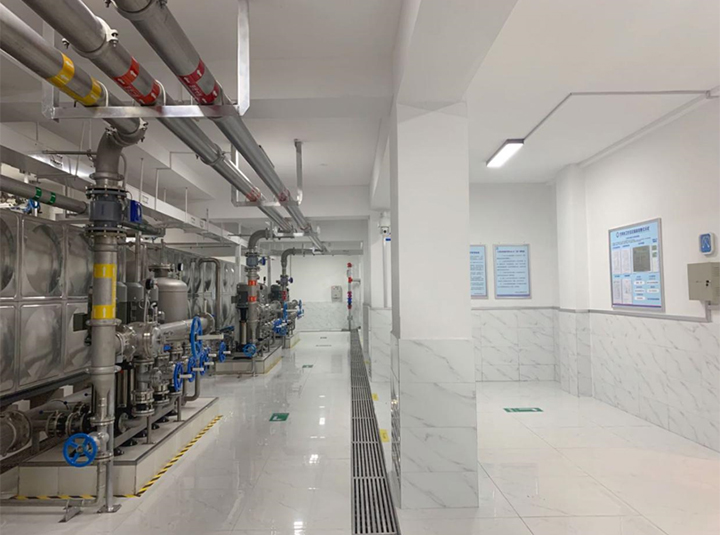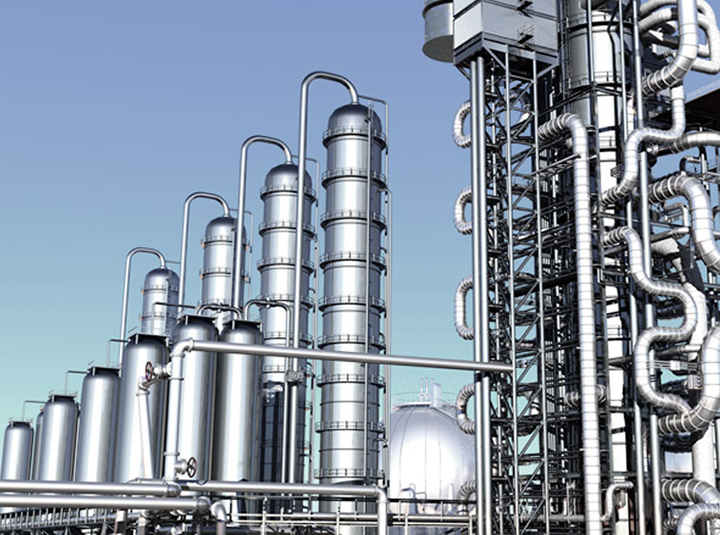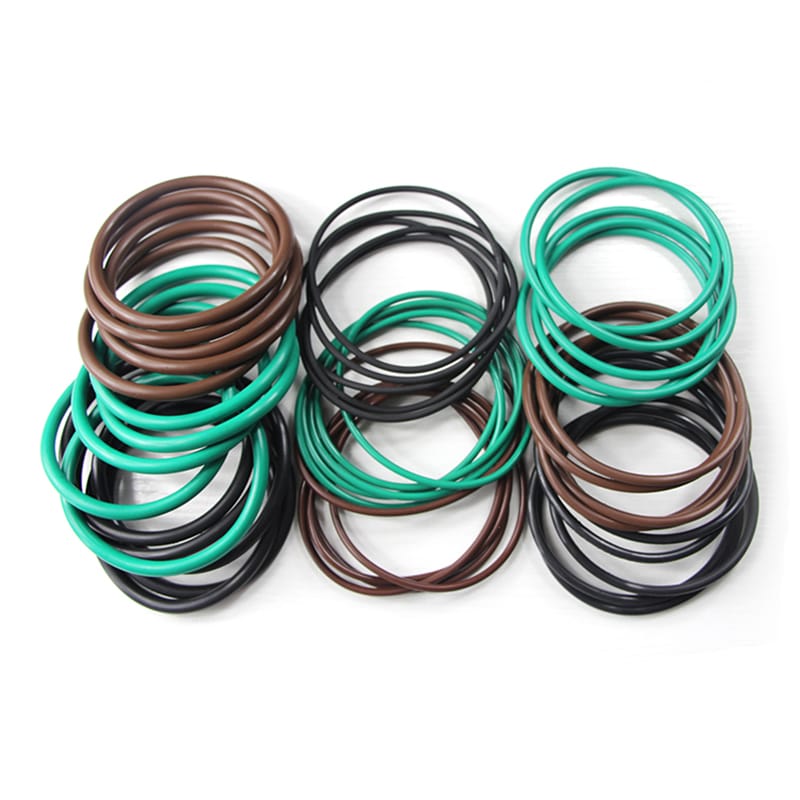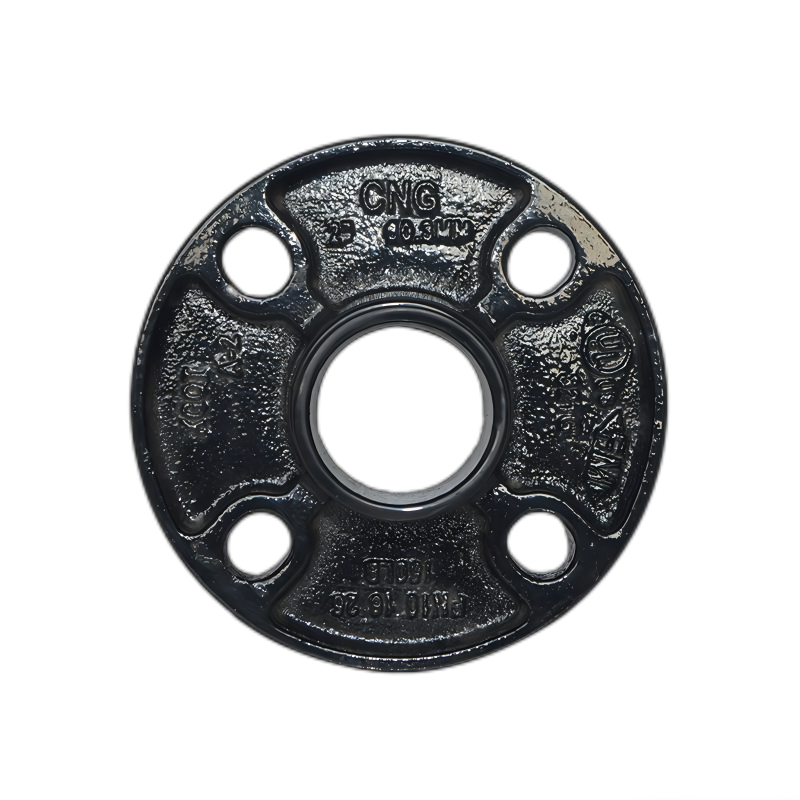
Compensator Series
Features:
The compensator (expansion joint) has flexibility, can freely extend, compress, and bend, and has a certain pressure bearing capacity. In addition to the function of displacement compensation, it also has the functions of shock absorption, noise reduction, and sealing.
Initially, compensators (expansion joints) were widely used in thermal power pipeline systems. Due to the backwardness of manufacturing technology and the lack of design principles for compensators, they are rarely used in high-temperature pressure piping systems. In the late 1950s, the aerospace, petrochemical, and thermoelectric industries developed rapidly, and the demand for compensators increased. Some industrialized countries have conducted in-depth research on the theory of compensators and formulated their own design standards for compensators. At the same time, there has been a significant improvement in the forming and manufacturing technology of bellows for compensators (expansion joints), and different types of series products have been formed.
Compensators can be divided into three types based on the type of absorbed displacement: axial, transverse, and angular.
Details list
Product Details
Installation requirements for compensators:
1) The compensation amount and installation position of the compensator should meet the requirements of the design documents, and should be pre stretched or pre compressed based on the compensation amount calculated in the design.
2) The end of the bellows expansion joint or compensator with a welded joint should be installed at the inflow end of the water flow on the horizontal pipeline, and at the upper end on the vertical pipeline.
3) The filler type compensator should be concentric with the pipeline and not skewed.
4) The pipeline at one end of the compensator should be equipped with a fixed bracket, and the structural form and fixing position should meet the design requirements. It should be fixed before the pre tension (or pre compression) of the compensator.
5) The position of the sliding guide bracket should meet the requirements of the design and product technical documents, and the sliding axis of the pipeline should be consistent with the axis of the compensator.
The functions of the compensator include:
1. Compensate for axial, horizontal, and angular cold and hot deformation of the absorption pipeline.
2. The expansion and contraction of the corrugated compensator facilitates the installation and disassembly of valve pipelines.
3. Absorb equipment vibration and reduce the impact of equipment vibration on pipelines.
4. Absorb the deformation of pipelines caused by earthquakes and subsidence.
Application
Compensators are widely used in industrial fields such as aerospace, petroleum, chemical, power, water conservancy, metallurgy, and raw energy.
1. Import and export of various pumps, valves, and air compressors;
2. Various types of fire protection piping, air conditioning piping, steam piping, etc
3. General factory piping and occasions requiring flexible connections; Compensators also need to be installed
4. Compensators are also used in domestic water piping and in situations that require hygiene;
5. occasions where mechanical equipment piping requires shock absorption and compensation for thermal displacement
6. In steam turbine generator units, thermal pipelines, pumps, and other parts. For example, the connecting pipes between middle and low cylinders, extraction pipes, exhaust pipes, and inlet and outlet pipes of condensate pumps are generally equipped with non compensating devices, transverse expansion joints, screw expansion joints with sliding grooves, and pressure balanced expansion joints.
7. The hot water pipeline network and steam pipeline network used in thermal power plants generally adopt axial, horizontal, and chain expansion joints
8. It is generally used in high, medium, and low temperature hot air pipelines, smoke and air pipelines, high-frequency vibration pipelines, and desulfurization pipelines, and corrugated compensators such as axial, horizontal, chain, coal powder three way, rectangular, high-temperature corrosion-resistant non-metallic, and ordinary non-metallic are used.
Packing & Delivery
We use wooden boxes and pallets for packaging, and the valves will be wrapped in bubble film plastic bags to ensure maximum product safety. We support sea transportation, and products can also be shipped to any port you specify.
send message now
Advantages
-

Manufacturer
Tsunny valves focus on valves design and production.Have 7 casting lines and more than 40 workshops to control casting, machining, assembly and packing process.
-

Why us
①Factory direct sale , competitive price ②Quality guarantee – 100% testing before sale ③Fast delivery Within about 30 days of 1 to 500 pieces
-

We can do OEM
Have own independent Brand & Good at OEM production.Our products involve ANSI/API、DIN、JIS/KS、BS、NF、RUSSIA standards.



